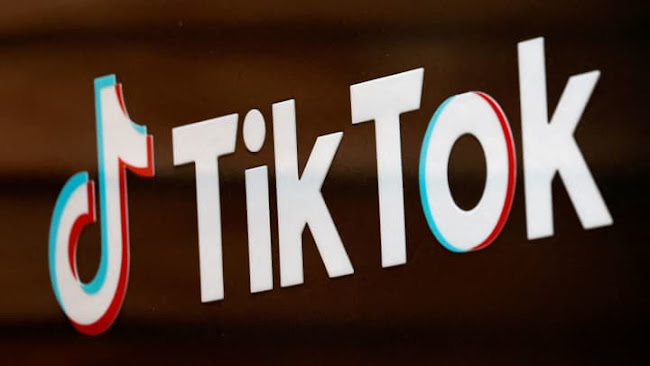Mastering the Art of Solar Eclipse Photography: Tips and Techniques for Capturing the Celestial Phenomenon
How To Best Photograph The Upcoming Solar Eclipse
Introduction:
As the world eagerly anticipates the upcoming total solar eclipse on April 8, enthusiasts and photographers alike are gearing up to witness and capture this rare spectacle. Beyond merely observing, photography offers a unique opportunity to immortalize the fleeting moments of totality and the awe-inspiring dance of the Sun, Moon, and Earth.
Background:
Total solar eclipses, while not uncommon in the grand scheme of celestial events, remain infrequent enough to warrant significant attention and preparation. These cosmic alignments occur when the Moon passes between the Earth and the Sun, casting its shadow upon the Earth and plunging regions along the path of totality into temporary darkness. Such events captivate the imagination and inspire wonder, making them prime subjects for photography.
The Story:
Photographing a solar eclipse is a delicate balance between technical precision and artistic expression. Safety is paramount, particularly when dealing with the intense brightness of the Sun. Observers must equip themselves with certified solar viewing glasses to protect their eyes from harmful radiation, even during partial phases leading up to totality.
For photographers, safeguarding camera equipment is equally essential. Filters specifically designed for solar photography are indispensable accessories, shielding lenses and sensors from the Sun's unrelenting glare. Only during the brief moments of totality can photographers safely remove these filters to capture unobstructed views of the corona and other celestial phenomena.
While advanced gear such as telescopes and specialized lenses can yield breathtaking results, even basic equipment like DSLR cameras and telephoto lenses can produce remarkable images in the hands of skilled photographers. Experimenting with exposure settings before the eclipse allows photographers to fine-tune their techniques and achieve optimal results during the event.
Renowned astrophotographer Andrew McCarthy offers invaluable insights into eclipse photography, advocating for creative experimentation with techniques like high dynamic range (HDR) imaging to capture the full range of light and detail present during totality. McCarthy's dedication to pushing the boundaries of astrophotography serves as inspiration for aspiring eclipse photographers worldwide.
Key Player:
• Andrew McCarthy: Esteemed astrophotographer renowned for his stunning images of celestial phenomena and his dedication to advancing the art of eclipse photography.
Significance:
Photographing a solar eclipse transcends mere documentation; it represents a convergence of scientific inquiry, artistic expression, and personal experience. By capturing the intricate beauty of these celestial events, photographers contribute to a broader understanding of the cosmos while inspiring wonder and awe in viewers worldwide.
Reactions:
Initial reactions to eclipse photography advice reflect a mixture of excitement, anticipation, and a sense of responsibility. Enthusiasts and photographers express gratitude for the guidance provided by experts like Andrew McCarthy, recognizing the importance of safety and technical proficiency in capturing the eclipse's fleeting moments.
Looking Ahead:
As the date of the solar eclipse draws near, photographers are urged to finalize their preparations and double-check their equipment. Collaboration and knowledge-sharing within the photography community can enhance the collective experience and foster camaraderie among fellow eclipse chasers. Ultimately, the success of eclipse photography hinges not only on technical skill but also on a deep appreciation for the wonder and majesty of the cosmos.
In conclusion, the art of solar eclipse photography offers a unique blend of technical challenge and creative opportunity, inviting photographers to embark on a journey of exploration and discovery. By embracing safety protocols, mastering photographic techniques, and channeling their passion for the celestial, photographers can capture images that transcend mere documentation, preserving the magic of the solar eclipse for generations to come.
Disclaimer:
The information provided in this article is for educational and informational purposes only. While every effort has been made to ensure accuracy, we make no representations or warranties of any kind, express or implied, about the completeness, accuracy, reliability, suitability, or availability concerning the content contained herein. Any reliance you place on such information is therefore strictly at your own risk.
Photographing a solar eclipse carries inherent risks, including potential damage to equipment and harm to one's eyesight. It is imperative to adhere to safety guidelines and use appropriate protective gear, such as certified solar viewing glasses and solar filters for cameras, at all times.
Additionally, while the techniques and tips presented in this article aim to assist photographers in capturing the beauty of the solar eclipse, individual results may vary based on equipment, environmental conditions, and personal expertise.
For the original news article and further details on solar eclipse photography, please visit: Original Article Link
Remember to exercise caution and prioritize safety when photographing the solar eclipse, and enjoy this extraordinary celestial event responsibly.




Comments
Post a Comment